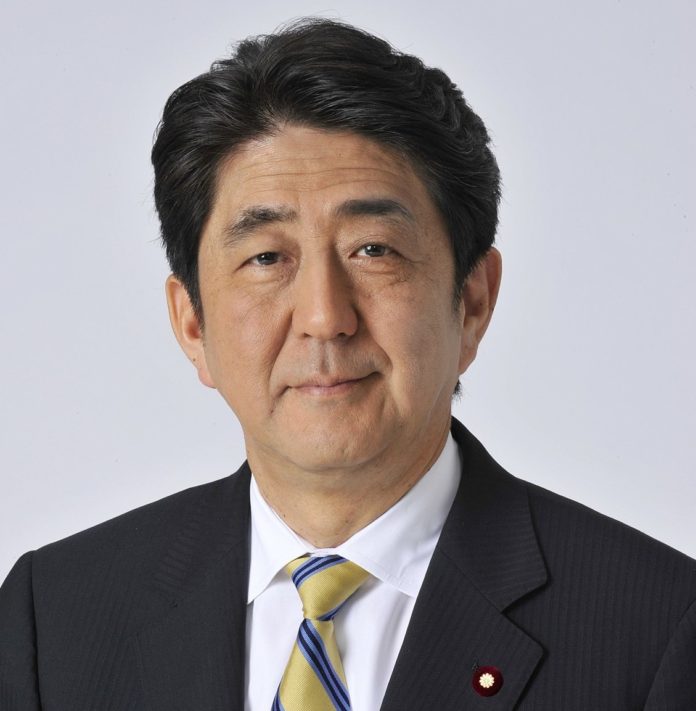Context
It is important to understand the present day political, economic, and defense policies of various international actors with the appropriate historical context. After all, in the absence of this relativity, it would be difficult to give meaning to the unfolding events, and predict their future trajectory. Looking at the past often leads to the discovery of historical parallels and analogies that make it easier to grasp contemporary paradoxes.
When exploring such parallels, the attempt should not be to spell out every minute detail of the relevance – but to witness the irony of how history repeats and provides continuity, irrespective of if we are aware are not. And then it is up to the intrigue and ingenuity of the reader to draw the necessary connections and lessons.
The Japanese Amau Doctrine provides such a parallel, to make sense of the present-day mega economic projects, such as the Trans Pacific Partnership (TPP), the Transatlantic Trade and Investment Partnership (TTIP), or the One Belt One Road (OBOR) initiative that China has unveiled. And to see how these projects are an example of the present global realignment and shift in the balance of power.
While Amau Doctrine was directed at a weaker China, it is China now that has emerging stronger and is attempting to shape the world affairs. An additional question that comes to mind is that how does the dynamics surrounding Amau Doctrine, described below, helps us understand the future of Europe and European Union, especially in the aftermath of Brexit, and the election of Donald Trump on a nationalist and a protectionist agenda.
The Amau Doctrine is the Japanese equivalent of America’s Monroe Doctrine (1823), which was designed to protect American interests in the Western Hemisphere. The premise of Amau, formulated around 1934, is that Japan reserves the right to act unilaterally in order “to preserve peace and order in East Asia.” The context was the depression of the 30s, when Japan lost a substantial amount of its trade as a result of international trade barriers. The Doctrine was chiefly intended to convert the then feeble China into a client state and to establish Japan as the dominant power in the Pacific while containing Russia, resurgent then as now. For Japan, China was the main source of raw materials, as well as possessing tremendous strategic importance in its struggle with Russia.
In the Amau Doctrine, Japan also declared that China does not have the right to seek foreign assistance or to resist Japan in establishing a new order under the aegis of an East Asian League and furthermore, that any third parties involved in China would have to consult Japan. Historians believe that between 1933 and 1937 two events occurred that made Japan nervous: first, the increased Soviet presence on the Manchukuoan frontier and second, the formation, in 1936, of an anti-Japanese alliance consisting of Chinese Nationalists and Communists, enjoying Soviet support.

In addition, the Amau Doctrine directly challenged the so-called Open Door policy under which many other powers including Britain and United States, enjoyed special economic privileges in China. Britain’s China Lobby formulated what was to become England’s China policy in the Far East, which was that the government would safeguard Britain’s economic interests in China, enter into cooperation and competition with Japan and try to establish a China-Japan Detente.
During the 30s, Britain and France wished above all to avoid confrontation with Germany, which led them to be forbearing with Japan, even in the face of its aggression. Moreover, at a time of global depression many of the big powers wanted to refrain from actions that could injure trade relations with Japan. The latter allied itself with Nazi Germany in 1936, then in July of the following year invaded China. This was followed by the infamous ‘Rape of Nanking’ in December 1937, in which between 250,000 to 300,000 Chinese civilians were massacred by the Imperial Army of Japan. These memories linger and continue to have a negative effect on Sino-Japanese relations.
The American policy towards China was largely the work of the American Asian Association (AAA) and proved less successful in promoting the national interest in China compared to the one devised by its counterpart, Britain’s China Lobby. Historians maintain that another factor was that the United States carried on a relatively small amount of trade with China at the time, in contrast to Britain, which had large merchant and banking houses in Shanghai.
The story of Japan in the 1930s is pertinent to the current economic crisis in a number of ways. First, its Amau Doctrine emerged in response to a global recession and is an example of how such a catastrophe can impact major players and influence their decision-making. Secondly, weak countries, in this case, China, possessing vast resources and strategic importance, can become the arena where international power struggles are played out.




